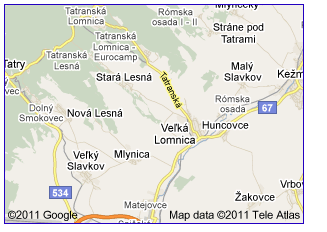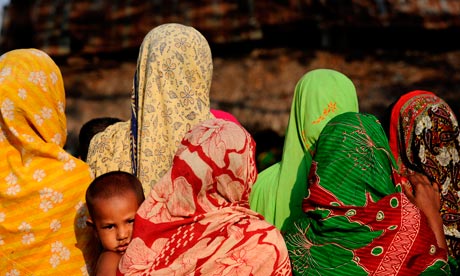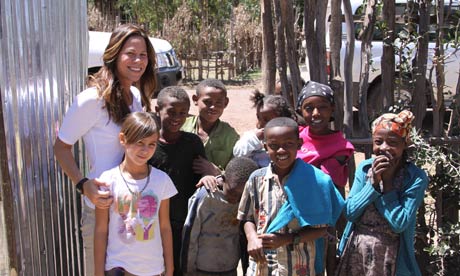The 17th World Congress of the International Union of Anthropological and Ethnological Sciences will host a session called: “Commodifying Urban Poverty, Social Exclusion, and Marginalisation: Spatial and Social Consequences”. The conference will be held in Manchester 5-10 August 2013, but the organisation is already asking for paper proposals (the deadline is 20 July 2011). This seems a good opportunity to present on slum and poverty tourism to a wider audience. More information can be found below:
CALL FOR PAPERS: Commodifying Urban Poverty, Social Exclusion, and Marginalisation: Spatial and Social Consequences
IUAES, Manchester 5-10 August 2013
Convenors: Eveline Dürr and Rivke Jaffe
This panel seeks to investigate the effects of increasing commodification and marketable global representations of the urban poor and their particular spaces. While many cities are eager to “clean” their central spaces and move pavement dwellers, beggars, street children and other “undesirable” citizens out in order to present a favourable image to visitors and potential investors, others draw attention to marginalisation, poverty and social exclusion and market no-go areas, gang life, drug districts, slums and other poverty-ridden urban areas as tourist destinations. While these socio-spaces were previously banned from the city’s representation, they are now tentatively included as integral parts of the urban environment. Increasingly, tourists seem to be keen to move into these spaces, yet in a controlled and safe way. The consequences of these quickly expanding, globally prevalent urban practices are manifold yet have hardly been investigated empirically, much less in a comparative perspective. This panel aims to examine the ways tourism intersects with spaces of urban misery and their representation. It seeks to understand how the commodification and increasing circulation of representations of the poor and their spaces affects city imaginaries, urban space, local economies and social relations. By emphasizing actors and socio-spatial dimensions, this panel includes a performative understanding of these practices and thus goes beyond the analysis of representation strategies. What are the consequences for cities and their dwellers when poverty and decay are turned into fashionable tourist experiences? How are cities transformed by these processes and how are social relationships reconfigured in these new spaces of encounter? Who actually benefits when social inequality becomes part of the city’s spatial perception and place promotion? Comparative and reflective empirical research contributes to the understanding and analysis of these fairly recent urban challenges. Papers addressing these aspects are welcome.
Please email your abstract (ca. 200 words) accompanied by information about the author (name, affiliation) to Eveline Dürr (Eveline.Duerr@lmu.de) and Rivke Jaffe (RJaffe@fsw.leidenuniv.nl).
Deadline for paper proposals is 20 July 2011.
For more information about the IUAES conference see http://www.iuaes2013.org/
 A weblog by Michael Smith mentions the possible start of of poverty tourism to the Romani settlements near Veµká Lomnicea village in Slovakia. What is significant about this form of slum tourism is not just the location, but also the fact that it is the mayor of the town that is planning to organise the tours. Apparently the local population that is to be visited has little or no control over this project.
A weblog by Michael Smith mentions the possible start of of poverty tourism to the Romani settlements near Veµká Lomnicea village in Slovakia. What is significant about this form of slum tourism is not just the location, but also the fact that it is the mayor of the town that is planning to organise the tours. Apparently the local population that is to be visited has little or no control over this project. In an
In an 
 It would seem that a new addition can be made to the the ever-expanding world of poverty and slum tourism. The
It would seem that a new addition can be made to the the ever-expanding world of poverty and slum tourism. The .JPG)